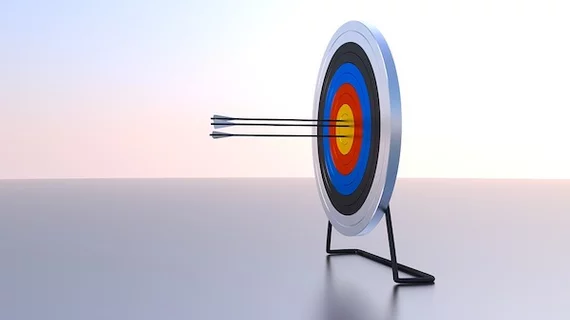Body weight-based protocols for 18F-FDG PET/CT lower radiation dosage, retain image quality
Using patient-specific body weight-based protocols during whole-body fluorodeoxyglucose (18F-FDG) PET/CT can greatly reduce radiation dosage while maintaining image quality, report authors of a new Academic Radiology study.
“The results are important from both an individual and a public health perspective, especially oncology patients who will have reoccurring tests for disease status and staging,” wrote lead author Charbel Saade, PhD, and colleagues.
The use of PET/CT has rapidly increased alongside studies that have linked low-dose, ionizing radiation exposure to solid cancers and leukemia, Saade et al. wrote.
Great strides have been made in lowering FDG doses, but "the CT component has been overlooked with numerous strategies to reduce radiation dose by weight-based protocols for pediatrics and adults with or without the use of automatic tube modulation,” they wrote.
In this retrospective study, more than 1,000 consecutive patients underwent 18F-FDG PET/CT between February 2014 and December 2015.
Participants were grouped into one of two scanning protocols. Protocol I, the conventional method, included 120 kVp, 120 mAs, 0.5 second rotation time, .8mm/rot pitch across all body weights. Protocol II was broken down by body weight, all using 140 kVp, 0.75 second rotation time and 0.8 mm/rot pitch.
No patient demographic beside patient weight showed a dosage difference between the protocols. Radiation dose on CT was reduced by up to 43 percent in protocol II compared to I.
The mean effective dose in each protocol was “significantly” lower in protocol B (61 to 80 kg), compared to protocol A (less than or equal to 60 kg), authors noted. Image quality was the same between each method used, with a slight exception seen in protocol IIA.
“We propose whole-body 18F-FDG PET/CT protocols for four adult patient weight categories,” Saade et al. found. “The use of multiple categories allows for the refinement of acquisition settings to minimize dose while achieving optimal image quality at the lowest possible radiation dose.”

